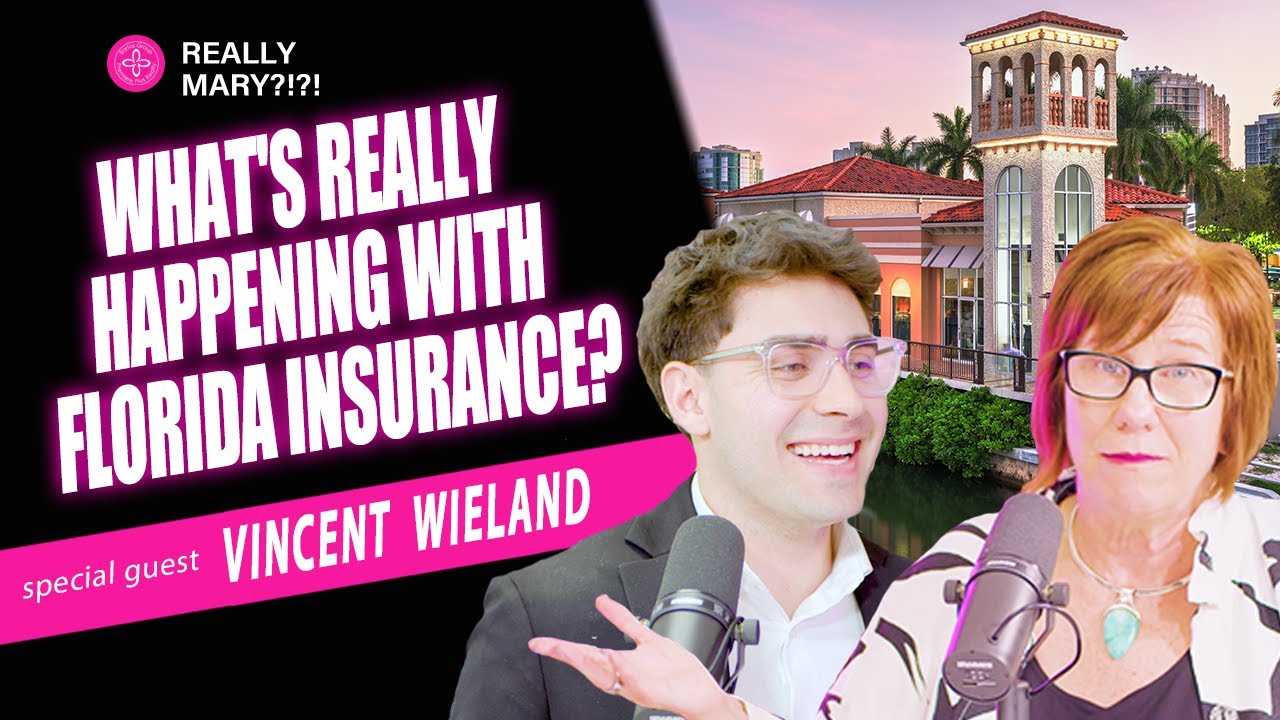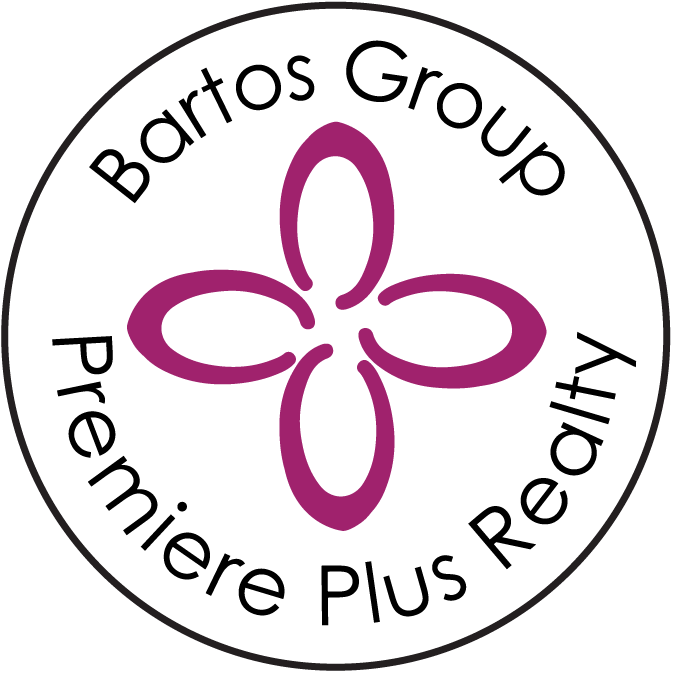Home Insurance in Southwest Florida: What You Need to Know to Protect Your Property

When it comes to owning a home in Southwest Florida, understanding the ins and outs of home insurance is more important than ever. With the state’s unique weather challenges, evolving insurance market, and specific home features that impact coverage and costs, homeowners and buyers alike need to be well-informed. In this comprehensive guide, we’ll break down the current landscape of home insurance in Southwest Florida, explore key factors that influence your premiums, and share expert insights on how to get the best protection without overpaying.
Drawing from an in-depth conversation with Vincent Wieland of John Galt Insurance, this article covers everything from fraud’s impact on insurance rates to the importance of roof age, wind mitigation inspections, flood insurance options, and more. Whether you’re purchasing your dream home, investing in a property, or simply reviewing your current insurance, this guide will help you navigate the complexities to ensure you’re covered for the unexpected.
The Current State of Home Insurance in Southwest Florida
Insurance in Florida has been a hot topic lately, with many news stories highlighting challenges in the market. However, the reality is a bit more nuanced. According to Vincent Wieland, the insurance industry in Southwest Florida has experienced a roller coaster ride over the past few years, influenced by storms, fraud, and market adjustments.
Recently, home insurance rates have been relatively stagnant, which in this case is good news. Unlike previous years where rates saw significant hikes, the latest hurricane season was less severe, and insurers have made strides in reducing fraudulent claims. This has helped stabilize premiums, especially for renewals, where many carriers are now more lenient and cautious about raising rates excessively.
While "stagnant" often has a negative connotation, in the insurance world, it means rates are holding steady, giving homeowners some relief from the sharp increases seen in recent years. This stability is encouraging, but it’s important for homeowners to stay proactive and regularly review their policies.
Fraud and Its Impact on Florida’s Insurance Market
One of the biggest factors that has historically driven up insurance costs in Florida is insurance fraud. After major storms like Hurricane Irma and Ian, fraudulent claims surged, particularly involving roof repairs.
Vincent explains that many roofers took advantage of homeowners by filing inflated claims. For example, a roof with $10,000 worth of damage might have been claimed for $40,000 or $50,000. Homeowners would assign their insurance benefits to these contractors, who then sought to maximize payouts. This practice has financially strained insurance carriers, causing some to go under and forcing others to raise premiums to cover losses.
Thankfully, efforts to crack down on fraud have made a difference, contributing to the current market stabilization. For homeowners, this underscores the importance of working with reputable contractors and insurance agents who understand the local market dynamics.
Choosing the Right Roof: Age and Type Matter
Your roof is one of the most critical factors influencing your home insurance premiums in Southwest Florida. Not only does it protect your home from storms, but insurers also view the roof’s condition and type as a major risk determinant.
There are three main types of roofs you’ll encounter:
- Asphalt Shingle Roofs: Common in many parts of the country, these roofs generally last 5 to 10 years in Florida due to the harsh weather conditions.
- Tile Roofs: More durable, tiles can last 25 to 30 years, making them a popular choice for Florida homes.
- Metal Roofs: The longest-lasting option, metal roofs can endure 30 to 40 years or more.
Given Florida’s intense sun, wind, and storms, it’s advisable for buyers to lean towards homes with newer roofs. While every roof can be insured, having a roof closer to the end of its life can complicate insurance and increase costs.
For example, if you’re purchasing a home with an older roof that’s near the end of its useful life, some carriers might not require an inspection but will write a policy with the understanding that you will replace the roof soon after closing. This way, you can negotiate a better purchase price and plan the roof replacement without risking a lapse in coverage.
Flood Insurance: Navigating the Complexities
Flood insurance is another crucial component of protecting your Florida home. The state has undergone significant changes with flood zone mapping and rating systems in recent years, leading to rate increases in many areas, especially coastal regions affected by Hurricane Ian.
When buying a home in a flood zone, it’s vital to ask the seller about any existing FEMA or NFIP flood insurance policies. If the seller has one, you may be able to “grandfather” the rate, transferring it to your policy and maintaining lower premiums. This can save thousands of dollars.
However, the National Flood Insurance Program (NFIP) has coverage limits that may not fully protect higher-value homes. The maximum dwelling coverage is $250,000, and contents are covered up to $100,000. For luxury properties worth millions, this leaves a significant coverage gap.
Fortunately, private flood insurance options exist that can provide much higher limits—up to $1 or $2 million for the dwelling and more for contents. These private policies also tend to cover items that NFIP excludes, such as upper cabinets damaged in flooding, which NFIP policies might not replace.
Wind Mitigation Inspections: Save Hundreds or Thousands on Premiums
For homes over 20 years old, a wind mitigation inspection is one of the smartest investments you can make. This inspection evaluates how well your home is protected against hurricane-force winds, including:
- How the roof is attached to the home
- The type of nails used in construction
- Presence of hurricane protection such as shutters or impact-rated glass
Insurers use this information to apply discounts on your premiums. Depending on the results, homeowners can save hundreds or even thousands of dollars annually. For anyone buying a home built before 2005, getting a wind mitigation inspection is highly recommended and can be a negotiating tool during purchase.
Upgrading your home with impact windows or hurricane shutters also offers peace of mind and tangible insurance savings. Electronic shutters are convenient, but any form of storm protection can significantly reduce your insurance costs.
Electrical Panels and Other Home-Specific Insurance Considerations
Older homes in Florida often come with unique risks that affect insurability. One common concern is electrical panels, especially those with aluminum wiring or outdated components like Challenger panels. These can pose safety risks and impact insurance coverage.
Vincent advises that if your home is over 20 years old, you should have a four-point inspection that covers the roof, electrical panel, plumbing, and HVAC. If the electrical panel is deemed “satisfactory,” insurance is typically available, even if aluminum wiring is present. If “unsatisfactory,” repairs will be required before closing.
Similarly, plumbing materials like polybutylene pipes, common in homes built between the mid-1980s and early 2000s, can be problematic. While not an immediate deal-breaker, these pipes may be excluded from coverage until replaced. Knowing these details upfront allows buyers to plan accordingly and negotiate repairs or price adjustments.
The Importance of Reshopping Your Insurance Annually
A recurring theme in protecting your home and wallet is the importance of reshopping your insurance. Insurance markets change frequently, and new carriers often enter or exit the Florida market.
Vincent Wieland works with over 50 insurance carriers, giving his clients access to a wide range of options. Even if you already have a policy, it’s wise to review and compare quotes annually or when significant changes occur—such as after installing impact windows or replacing your roof.
Reshopping can identify if you’re overinsured (paying for coverage you don’t need) or underinsured (not fully protected), helping you find the best balance of coverage and cost. This proactive approach can save you substantial money and ensure your policy fits your lifestyle and property.
Conclusion: Protecting Your Piece of Paradise
Living in Southwest Florida offers incredible benefits, but it also comes with unique insurance challenges. By understanding the current state of the insurance market, the impact of fraud, the importance of roof condition, flood insurance nuances, and the value of inspections like wind mitigation, homeowners can make informed decisions to protect their investments.
Regularly reviewing your insurance, working with knowledgeable agents, and taking advantage of available credits and private market options can make a significant difference in your premiums and peace of mind.
If you’re a homeowner or prospective buyer in Southwest Florida, consider partnering with a trusted insurance professional who can shop the market for you, guide you through inspections, and help you secure the coverage you need at the best price.
Owning your home is about more than just the property—it’s about owning your peace.
Frequently Asked Questions (FAQ)
Q: Why have home insurance rates in Florida stabilized recently?
A: Rates have stabilized due to a less severe recent hurricane season and efforts to reduce fraudulent claims, which previously drove up costs for insurers.
Q: How does roof age affect my home insurance?
A: Older roofs, especially asphalt shingles over 10 years old, can increase insurance costs or limit coverage options. Newer roofs, especially tile or metal, often qualify for better rates.
Q: What is a wind mitigation inspection and why is it important?
A: It’s an inspection that assesses how well your home can withstand hurricane winds. It can lead to significant insurance premium discounts by verifying features like roof attachments and storm protection.
Q: Can I transfer a seller’s flood insurance rate to my new policy?
A: Yes, if the seller has a FEMA/NFIP flood policy, you may be able to grandfather their rate, keeping premiums lower when you take over the property.
Q: What options exist if NFIP flood insurance limits are too low for my home?
A: Private flood insurance policies offer higher coverage limits and can provide better protection for high-value homes and contents.
Q: Should I get my home inspected before buying in Florida?
A: Absolutely. A thorough inspection, including a four-point and wind mitigation inspection, helps identify potential insurance issues related to the roof, electrical panel, plumbing, and HVAC.
Q: How often should I reshop my home insurance?
A: It’s recommended to review and compare insurance quotes annually or whenever you make significant home improvements to ensure you have optimal coverage at the best price.
Contact Us Today!Providing you the experience you deserve! Click me |
Home Insurance in Southwest Florida: What You Need to Know to Protect Your Property
If your home didn’t sell, you’re not alone. In today’s market, the average days on market have increased, inventory has risen, and sales have slowed. But what does this mean for you as a seller, and what steps should you take next?
Join Mary Bartos and Kole Bartos from The Bartos Group as they explore why your home might not have sold and offer practical solutions. From rising inventory and pricing strategies to the importance of staging and exposure, this video dives into all the factors that influence your home’s market performance.
You’ll learn about the four key options you have when your home doesn’t sell.
With the current market still offering opportunities, now could be the time to make your next move. Whether you’re considering re-listing or exploring new strategies, The Bartos Group is here to guide you to the right decision.
